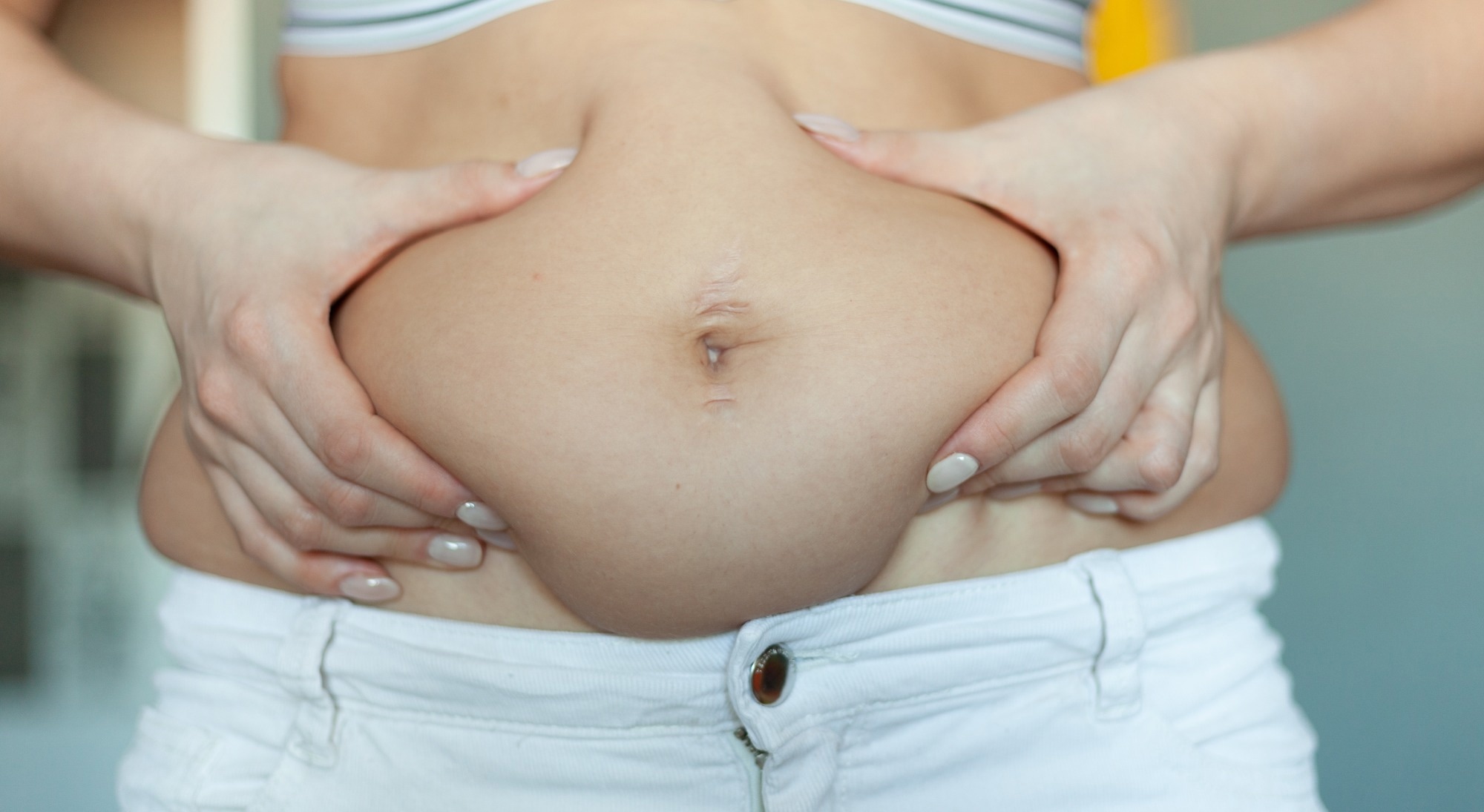In a recent study published in the journal Nutrients, researchers investigated the association between vitamin D levels and body composition among women between the ages of 20 and 49.
Their findings indicate that women who exhibit inadequate vitamin D levels also show higher body adiposity index and waist-to-height ratio, as well as lower body mass index (BMI)-adjusted muscle mass index.
This suggests a potential impact of vitamin D inadequacy on body adiposity and muscle tissue and highlights the importance of incorporating these findings, particularly waist-to-height ratio and muscle mass index, into medical practice to address the metabolic impacts of inadequate vitamin D levels.
 Study: Vitamin D Inadequacy and Its Relation to Body Fat and Muscle Mass in Adult Women of Childbearing Age. Image Credit: Dzmitry Sarmont / Shutterstock
Study: Vitamin D Inadequacy and Its Relation to Body Fat and Muscle Mass in Adult Women of Childbearing Age. Image Credit: Dzmitry Sarmont / Shutterstock
Background
Vitamin D deficiency (VDD) prevalence is high among women of childbearing age, particularly those who exhibit obesity.
Understanding vitamin D's impact on various tissues, such as skeletal muscle and adipose tissue, is crucial for bone, reproductive, immune, and mental health.
While research has focused on the link between obesity and VDD using measures of BMI and waist circumference, other important factors that may impact body fat distribution are often overlooked.
Additionally, the association of VDD and skeletal muscle mass is significant, affecting muscle strength and function, yet studies in pre-menopausal women are lacking.
About the study
This study aimed to investigate the associations between body composition and vitamin D status in adult women of childbearing age, providing valuable insights into their overall health and well-being.
A cross-sectional design was conducted with adult Brazilian women between 20 and 49 from August 2018 to August 2019. It involved clinical-nutritional anamnesis, anthropometric measurements, and biochemical evaluations.
The necessary sample size was determined based on the prevalence of VDD in Brazil. Researchers measured circulating concentrations of 25-hydroxyvitamin D (25(OH)D) using high-performance liquid chromatography, categorizing ≥30 ng/mL as sufficient, ≥20 and <30 ng/mL as insufficient, and <20 ng/mL as deficient.
Anthropometric evaluations included weight, height, waist circumference, hip circumference, triceps skinfold, and arm circumference measurements. Indices such as the muscle mass index, BMI, and waist-to-hip ratio (WHR) were calculated using established formulas.
Statistical analyses were performed using SPSS, including tests for normality, central tendency, dispersion, Mann–Whitney, Kruskal–Wallis, and Spearman's coefficient to measure correlation.
Findings
The study sample comprised 124 women, on average, aged 34.1 years, with a mean BMI of 24.2 kg/m². Of these, 66.9% exhibited a normal BMI, 9.7% were categorized as obese, and the remaining 23.4% were classified as overweight.
The average circulating 25(OH)D concentration was 28.8 ng/mL, with 36.3% of participants classified as vitamin D adequate, 63.7% as inadequate, 19.4% with deficiency, and 44.4% with insufficiency.
Body composition analysis of participants revealed significantly lower body adiposity index (BAI) among women with sufficient vitamin D levels, while those with inadequacy showed higher BAI and waist-to-height ratio (WHtR).
Additionally, women with adequate vitamin D levels had higher BMI-adjusted muscle mass index (SMI BMI) than those with inadequate levels.
When participants were divided by both vitamin D status and BMI, researchers observed significant differences in various measures of body composition.
For instance, women with inadequate vitamin D levels and normal weight had higher WHtR than those with adequate levels, while overweight women with inadequacy exhibited higher weight, hip circumference, and Belarmino-Waitzberg index (BeW) than their counterparts with adequacy.
Correlation analysis revealed negative correlations between circulating 25(OH)D concentrations and waist circumference (WC), WHtR, fat mass index (FMI), body fat percentage (% BF), and fat-to-muscle ratio (FMR), with a positive association with SMI BMI.
Researchers found a negative association between 25(OH)D and the visceral adiposity index (VAI) among women with inadequate vitamin D levels, which was more pronounced in those exhibiting VDD.
Women with insufficient vitamin levels also showed a negative association between % BF and 25(OH)D, while those with VDD exhibited negative correlations with VAI and triceps skinfold (TSF).
Conclusions
Researchers observed a negative association between vitamin D status and body fat, particularly abdominal fat, along with a positive link to muscle mass. Notably, indices such as SMI, BMI, and WHtR emerged as valuable clinical indicators.
The prevalence of VDD in pre-menopausal adult women aligns with existing literature, indicating a widespread issue. Furthermore, a positive association was found between vitamin D adequacy and higher muscle mass, emphasizing the importance of maintaining adequate vitamin D levels for optimal muscle function.
Conversely, inadequate vitamin D status was linked to higher body fat percentage and central obesity. These findings underscore the significance of assessing body composition beyond traditional measures like BMI.
Additionally, vitamin D inadequacy correlated strongly with visceral adiposity, highlighting potential cardiometabolic risks. The study suggests incorporating body composition variables like WHtR and SMI BMI into clinical practice to mitigate the metabolic consequences of vitamin D inadequacy.
However, the cross-sectional design and lack of sun exposure assessment limit the study's ability to establish causal relationships or generalize findings beyond the specified demographic group.
Journal reference:
- Vitamin D inadequacy and its relation to body fat and muscle mass in adult women of childbearing age. Magalhães, P.M., da Cruz, S.P., Carneiro, O.A., Teixeira, M.T., Ramalho, A. Nutrients (2024). DOI: 10.3390/nu16091267, https://www.mdpi.com/2072-6643/16/9/1267